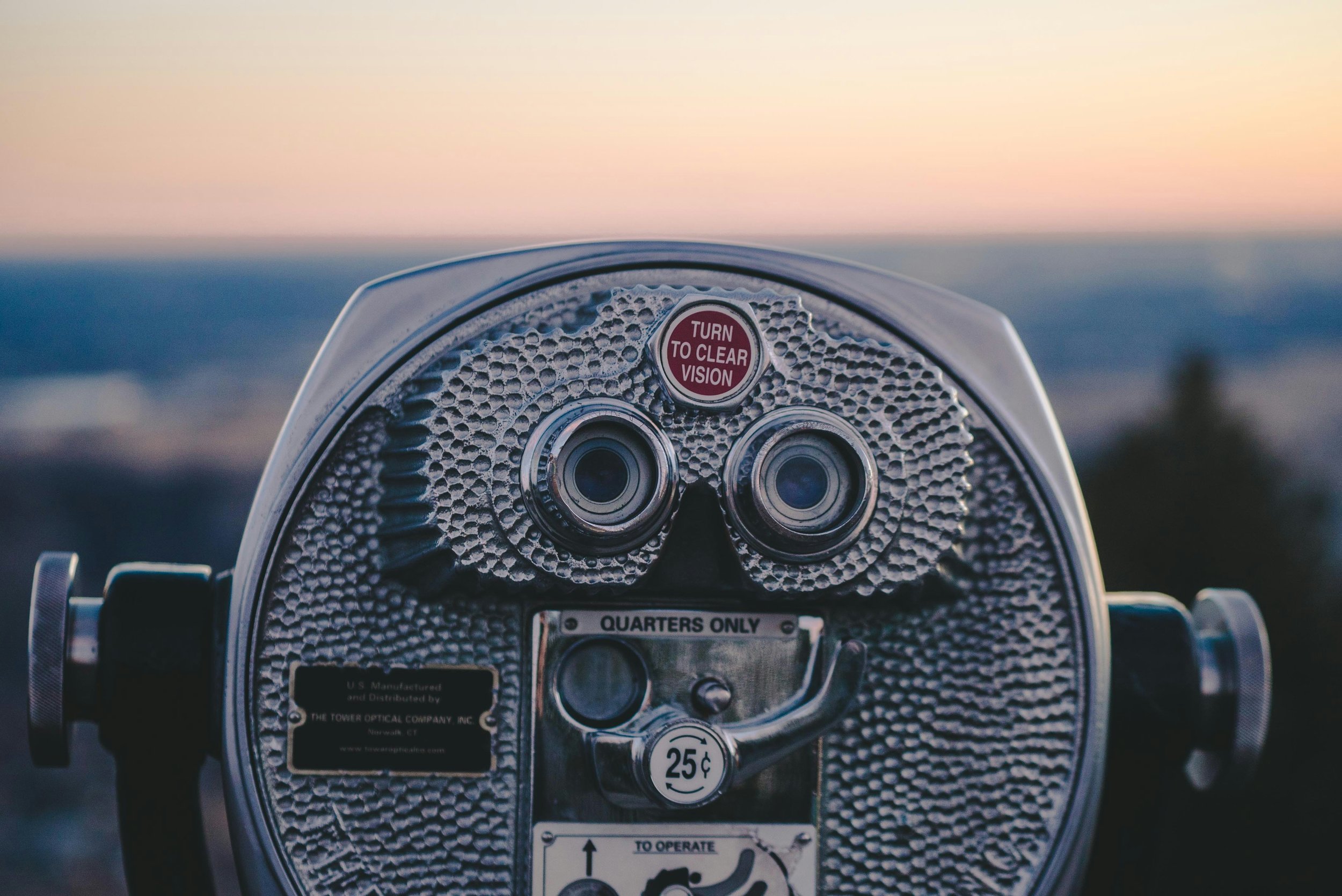From Discovery to Ownership: Why Strengths Work Isn’t About Adding, But Seeing Clearly
Photo by Payson Wick on Unsplash
“In most trainings, I learn something new. In this one, I finally saw what was already there”
That sentence has stayed with me since the very first time I heard it from a participant. And I hear versions of it again and again.
Because in a world that’s always pushing us to learn more, be better, fix what’s broken, the idea that you might already be enough? That your strengths aren’t something you need to build from scratch, but something waiting to be seen, named, and claimed? That’s not just powerful—it’s liberating.
So often, personal development starts from a place of lack. A sense of: “Here’s what I’m missing, so here’s what I need to work on.” It’s the classic deficit mindset. But what if we flipped that?
What if growth isn’t always about adding more?
What if it’s sometimes about seeing more clearly?
In every “It’s All About Strengths” workshop we’ve run—whether it’s with a corporate team, a women’s network, or a group of curious individuals—I witness the same shift: from vague awareness to grounded ownership. From “I guess I’m good at this…” to “Yes, this is me. And it’s a strength.”
That shift changes everything.
Because once people start to recognize the things they do naturally—their ease with building trust, their eye for patterns, their deep empathy or relentless drive—not as “just how I am,” but as powerful tools they bring into every room… confidence follows. And from there, clarity. Motivation. Impact.
Owning your strengths doesn’t mean ignoring your blind spots. But it does mean starting from what’s already working. It means knowing which levers to pull when things feel off. It means building a career, a collaboration, or even a life that’s aligned with what truly energizes you.
And often, it means shedding the idea that you have to “fix” yourself before you’re ready to lead, contribute, or thrive.
So the next time you feel stuck or unsure, I invite you to pause.
Not to ask, “What do I need to add?” but instead:
“What is already here that I haven’t fully seen yet?”
That’s where the magic often begins.
Photo by Payson Wick on Unsplash
